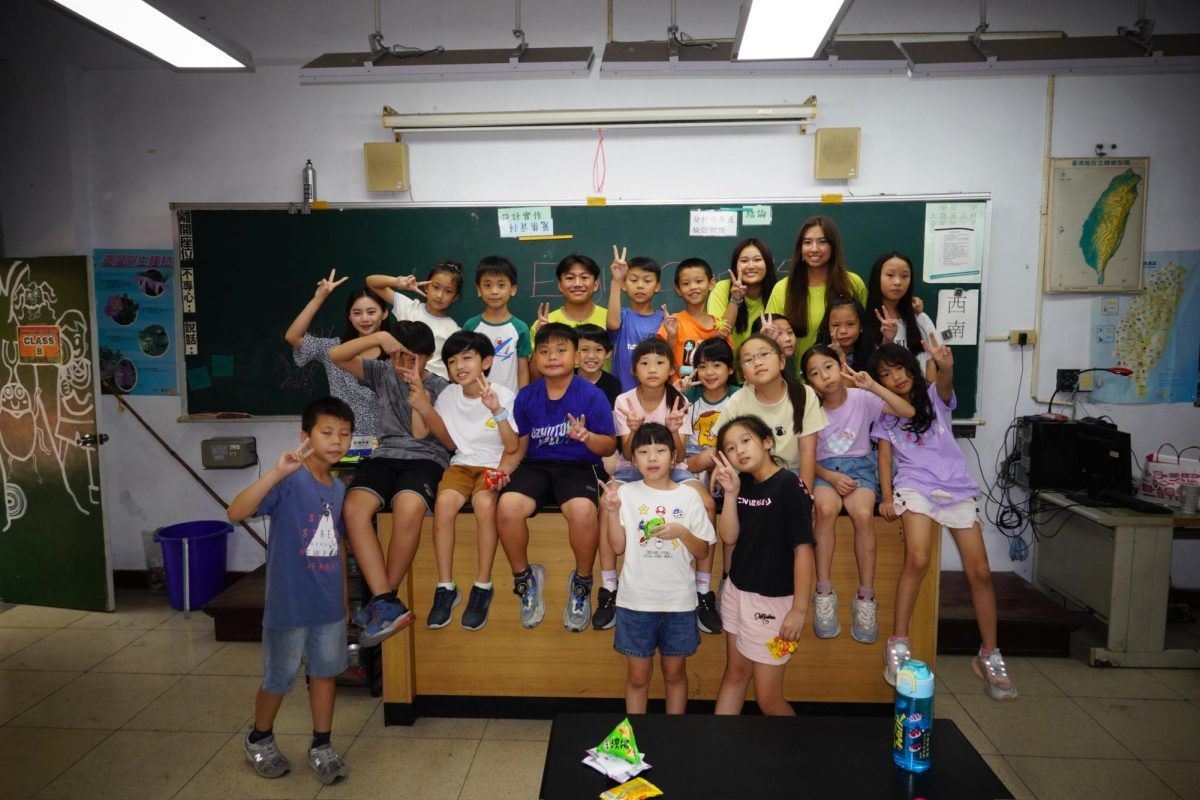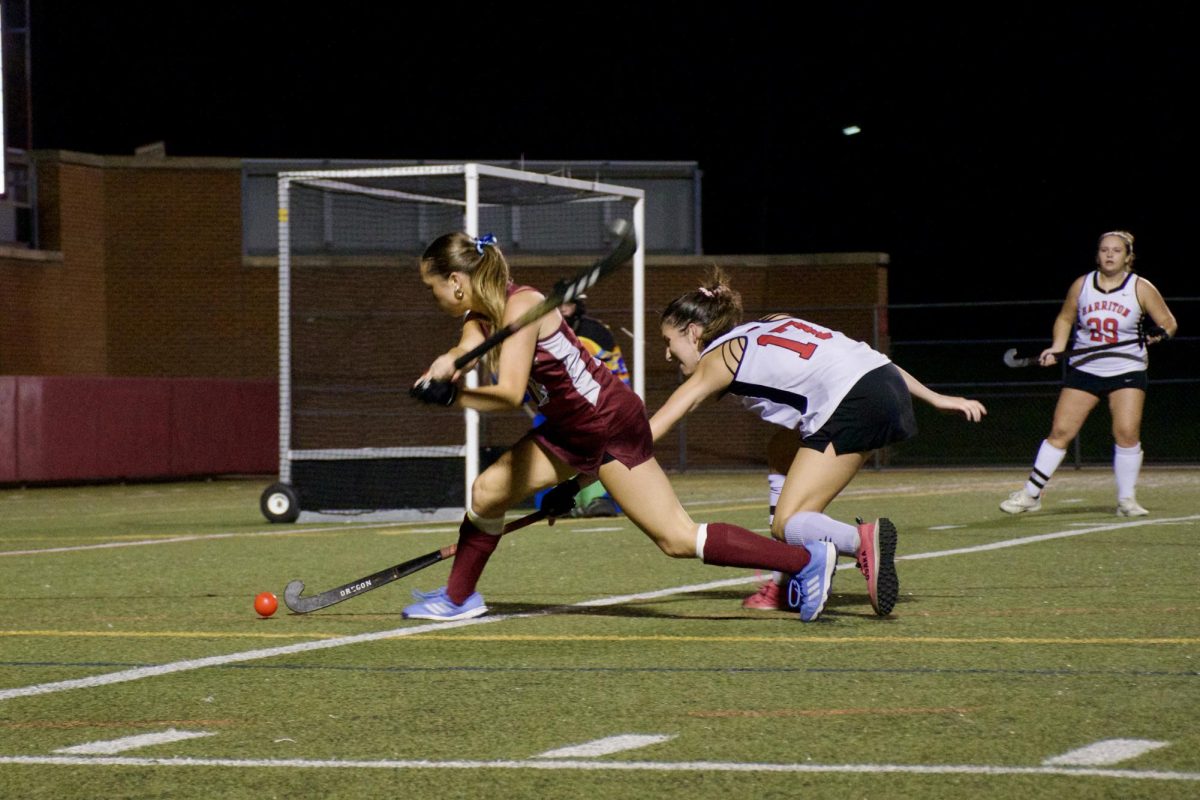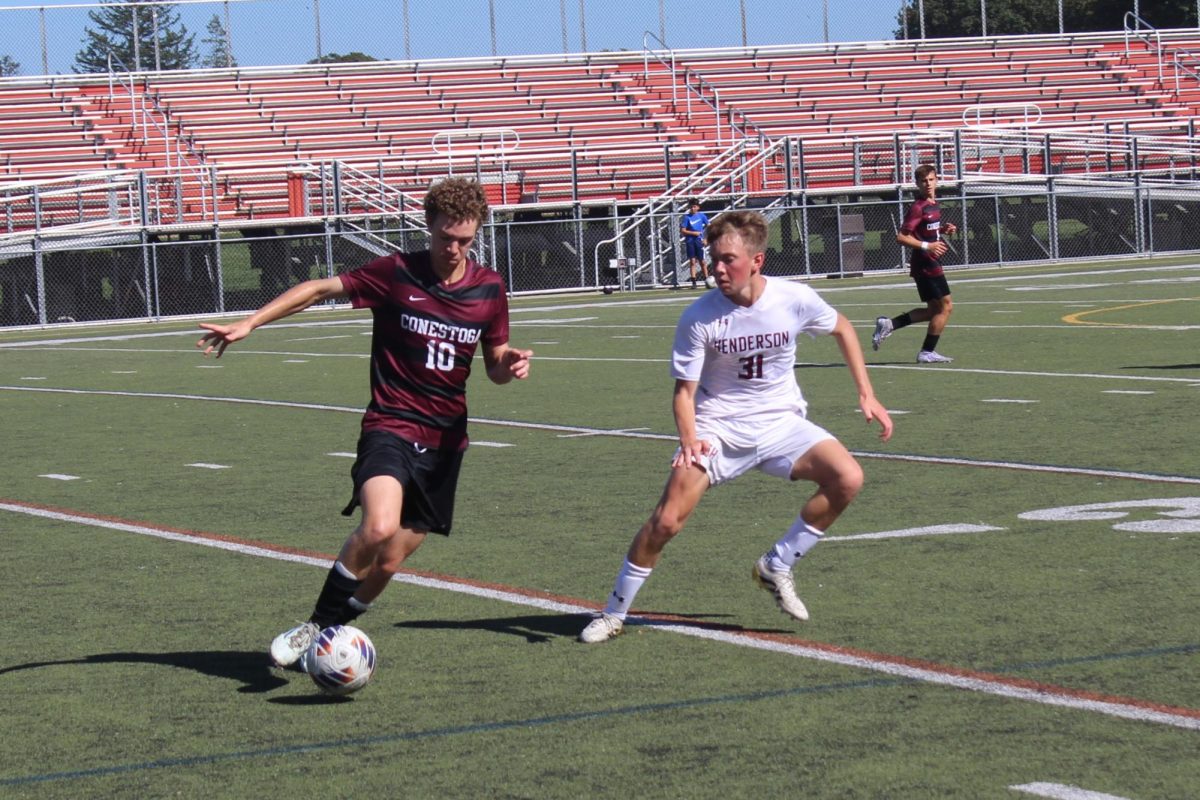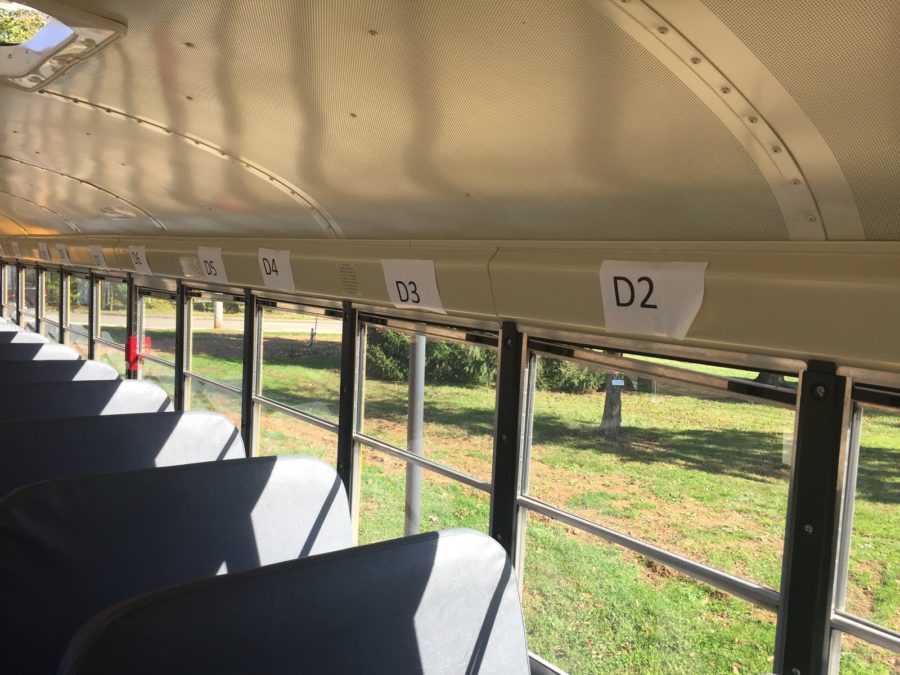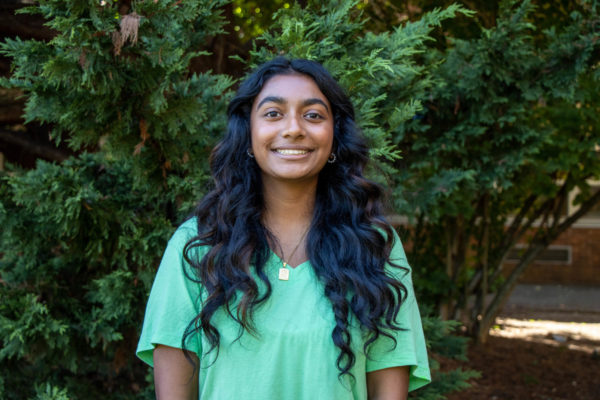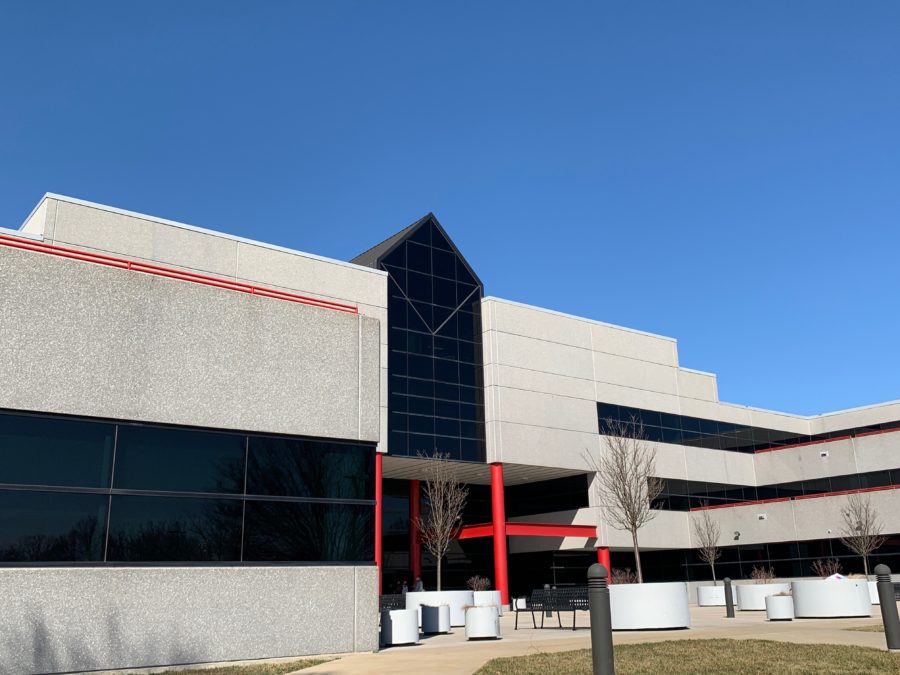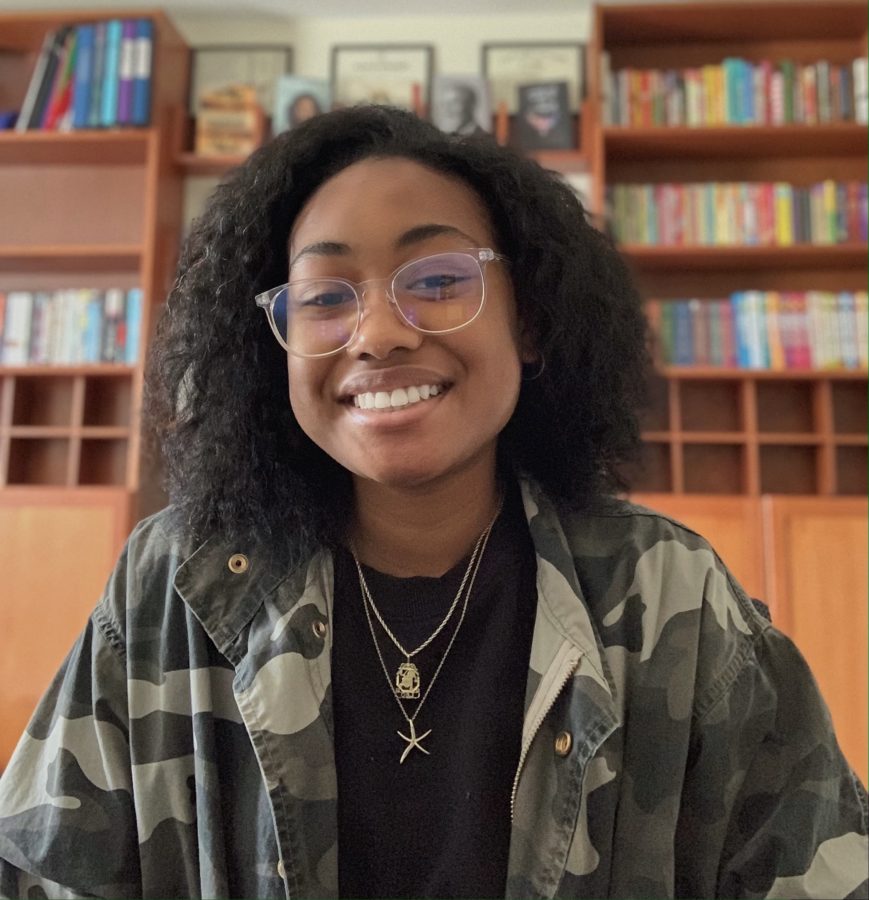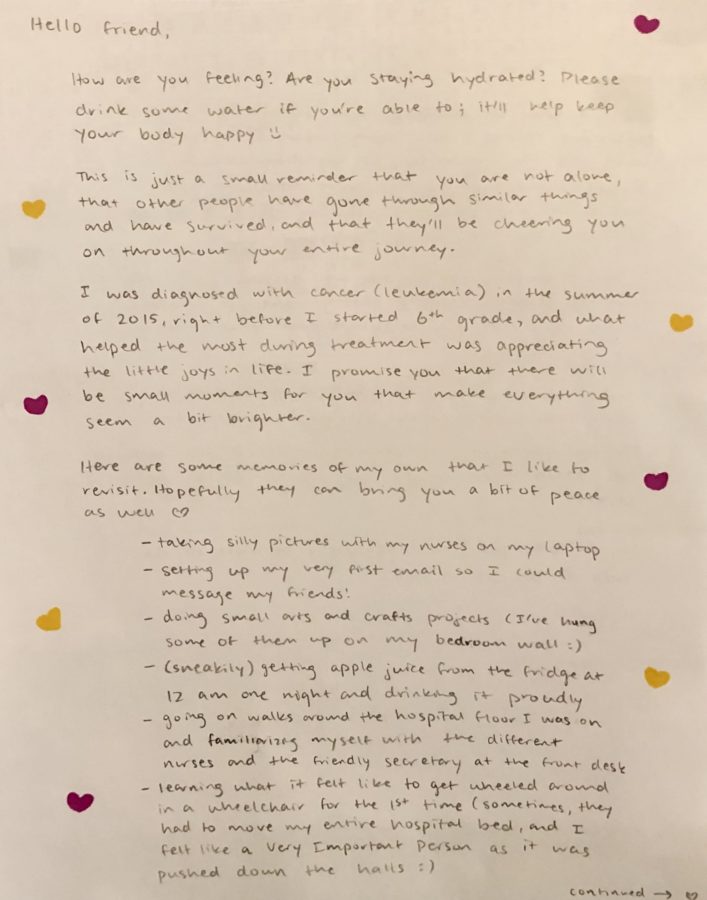By Shreya Vaidhyanathan, Staff Reporter
At the end of the school day, ’Stoga students rush from their last class to their bus or car, the hallways erupting in chatter. With masks and social distancing this year, though, the custom, along with transportation, looks different.
In the hybrid model, students whose last names begin with the letters A-K attend school on Mondays and Tuesdays, while students with last names L-Z attend on Thursdays and Fridays. Though busing became available once the hybrid model began on Oct. 12, Conestoga encourages students to be driven to school, whether that be by parents or juniors and seniors driving themselves.
Despite the uncertainty surrounding the transportation process, many simply look forward to being back at school. Sophomore Theo Simard is grateful for what the school is doing.
“I think they’re trying their best to get kids in school (and) trying to find a way to teach us properly while making sure everyone stays safe,” Simard said.
As instructed by the Transportation Department, drivers are required to disinfect the bus after each run, and everyone riding must wear a mask. The reopening plans detail a maximum of two students per seat, potentially violating the Centers for Disease Control and Prevention’s guidelines of staying six feet apart, but with the splitting of hybrid students, the buses will likely be at less than half capacity. Karen Henry, head of Conestoga’s Transportation Department, says that seat assignments are based on when students board the bus.
Sophomore Adam Bernholdt, a Conestoga student who is taking the bus this year, says he would not be willing to sit next to someone else. Bernholdt cites the trust involved with sitting in an enclosed space with others for a prolonged period.
“With everything going on, if I don’t know someone, I don’t know where they’ve been, if they’ve been around anyone with (COVID-19), or if they could be (asymptomatic) and are a carrier,” Bernholdt said.
Parking supervisor and assistant principal Patrick Boyle said that the school is not expecting a large congregation of students in any one location after school because everyone is going to their cars or buses immediately.
Boyle predicts an influx of students being picked up and dropped off, adding to already long lines in the morning. As a result, Boyle says they will be granted more leniency when lines are backed up while maintaining that students should be present when class begins.
Another transportation change accompanying this school year is the addition of junior parking. The school is aiming for around 300 student drivers each day. With virtual students and splitting hybrid attendees by last name, Boyle is confident the high school will accommodate everyone.
Junior Caitlin Campbell is one of many who has made good use of her new parking privileges.
“Busing is definitely necessary for those that cannot get transportation otherwise, and granting privileges to more seniors and juniors will definitely help,” Campbell said. “They are all great steps for the school district.”









